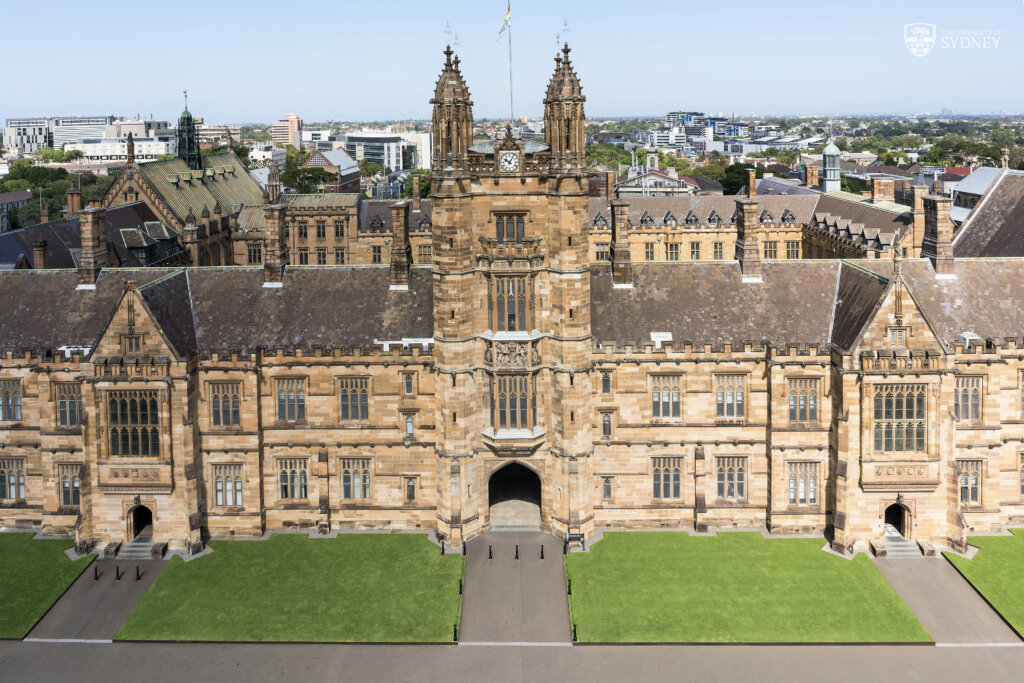According to the Open Doors Report, in the 2022-23 academic year, more than 268,000 Indian students were enrolled in US institutions, underscoring the country’s continued appeal as a study destination. With nearly 4,000 accredited institutions of higher education in the US, deciding where to apply can be overwhelming. Many students, when shortlisting colleges, focus on those that appear highly ranked, hoping to improve their prospects after graduation. Although rankings can provide some insight, they should be treated as reference points rather than definitive guides. Popular rankings, such as U.S. News, QS World University Rankings, and The Princeton Review, are also subjective, as each list reflects the parameters prioritised by the publisher.
Furthermore, in light of recent shifting policy changes, it is more important than ever to look beyond rankings and assess how well a university supports international students, offers stability in uncertain circumstances and helps applicants achieve their long-term goals. This blog outlines the six key factors students should consider when shortlisting US universities.
1) Public vs private colleges:
State governments fund public universities in the US. For example, the state of California supports the University of California system. These institutions usually offer lower tuition fees for in-state residents. International students rarely benefit from reduced prices. Private universities, by contrast, rely more heavily on tuition fees and endowment income. They receive less government funding but are not bound by state residency requirements when admitting students. Leading private universities include Rice University, Stanford University, Columbia University and Duke University.
In the context of recent uncertainties, this distinction matters because international students often rely more heavily on financial aid, institutional resources, and support services. Private universities, with larger endowments, may be better positioned to provide scholarships and tailored support, while public universities offer scale and broader programme options. Applicants should weigh which model aligns best with their priorities and long-term plans.
2) College size:
Some students prefer being a big fish in a small pond, while others prefer the opposite. Large institutions, such as New York University, offer anonymity alongside exposure to diverse experiences, extensive infrastructure, and vibrant urban settings. They often have significant research funding, which can translate into multiple opportunities for teaching and research assistantships. Students who are confident self-starters may thrive in such environments, although the scale can sometimes make it easy to feel lost.
Smaller colleges, such as Babson College, may not provide the same breadth of opportunities as larger universities, but they deliver a more personalised experience. With smaller class sizes, students are more likely to develop close connections with peers, professors and career services teams. These relationships can prove invaluable for guidance and mentorship.
Applicants should therefore consider which environment will give them the academic resources, personal attention and security they need to achieve their goals.
3) Student diversity:
When shortlisting universities, it is crucial to consider the diversity of the student body. Large institutions in major cities often attract students from a wide range of nationalities, ethnicities and backgrounds, creating vibrant communities both inside and outside the classroom. These universities typically have dedicated processes and resources in place to ensure that international students feel welcome and included.
According to U.S. News, in the fall of 2021, 12 percent of Harvard University’s student body and 24 percent of New York University’s student body were international. By 2024-25, these figures had risen to 27 percent and 44 percent respectively, underlining the growing global appeal of these institutions.
In the current US education landscape, where immigration policies and visa regulations are under greater scrutiny, student diversity has become even more significant. Campuses with established international communities can provide stronger peer networks, cultural support and advocacy structures that help international students navigate potential challenges and feel a sense of belonging.
4) Campus setting:
Evaluating the location of a campus is essential, as it influences accessibility, costs, safety and networking opportunities. Colleges in the US are located in various settings, including rural, suburban, and urban areas, each offering a distinct experience.
Rural campuses, such as Cornell University, which are often situated near small towns, are known for their close-knit communities, where most students reside on campus. These institutions typically provide transport services, while social and entertainment options are either on campus or within the immediate area.
Suburban campuses, such as the University of Maryland at College Park and Emory University, combine the advantages of rural and urban life. They are situated just outside major cities, offering more space and a quieter environment, yet remain well connected through transport links.
Urban campuses, including the University of Pennsylvania and Boston University, may be self-contained or spread across the city. These institutions provide access to a wide range of cultural activities, efficient public transport and diverse communities. More importantly, they place students within reach of internships, part-time jobs and industry hubs.
5) College expertise:
Every university has a distinct academic philosophy and teaching style. For example, Columbia University is renowned for its structured core curriculum, while Brown University offers an open curriculum that allows students to shape their own learning journey. Similarly, graduate schools offer thesis-based and course-based programmes. When shortlisting options, applicants should consider which approach best aligns with their academic preferences and long-term goals.
Equally important are the opportunities for growth beyond the classroom. Mentorship, access to professors, study groups and career services all play a critical role in shaping the student experience. Some applicants may prioritise cutting-edge research facilities, while others may seek experiential learning opportunities. Identifying these needs early can help ensure a strong fit.
Students should also evaluate the scope of academic opportunities. An excellent example of undergraduate programmes is the Clinic Program at Harvey Mudd College. It enables students to participate in a project with a corporate sponsor. Similarly, graduate-level students can explore the Vertically Integrated Projects (VIP) Program at the New York University Tandon School of Engineering. This initiative allows master’s and PhD students to join long-term, interdisciplinary research teams.
6) Recruitment and job opportunities:
For many international students, the decision to study in the US is closely tied to career aspirations. Beyond providing a world-class education, universities differ significantly in their ability to connect students with employment and internship opportunities.
Effective career services go beyond posting job listings. They often provide guidance on résumé writing, interview preparation, networking strategies and referrals to alumni. For example, at the undergraduate level, universities such as Northeastern University integrate professional experience directly into their programmes through the Co-op Program, which allows students to alternate between academic study and full-time work placements. Similarly, while the University of Michigan offers extensive undergraduate research opportunities, such as the Undergraduate Research Opportunities Program (UROP), to develop employability skills early, it also provides internship opportunities.
For graduate students, institutions with strong ties to industry and research hubs can be especially valuable. For example, Stanford University’s proximity to Silicon Valley gives master’s and PhD students access to leading technology firms and start-ups. At the same time, Johns Hopkins University’s connections to major hospitals and research centres create opportunities in healthcare and biomedical fields.
In the evolving education landscape, selecting universities with established employer partnerships and robust international student support becomes increasingly crucial. Access to structured internship programmes, active alumni networks and career offices attuned to the needs of global students can provide a crucial advantage in navigating an evolving job market.
Studying in the US remains a strong aspiration for Indian students, but the pathway is no longer straightforward. Shifting policies and changes mean that applicants must approach the process with clarity and foresight. Success will depend on how carefully they evaluate universities, not just for prestige, but for stability, resources and long-term alignment with their goals.Applicants who take a thoughtful, research-driven approach will be better placed to thrive, regardless of external uncertainties. For guidance on your academic journey to the US, please contact The Red Pen Team. Meanwhile, read our blogs on How to Optimise LinkedIn for Your Master’s Application? and International Universities Opening Campuses in India: What You Need to Know.




